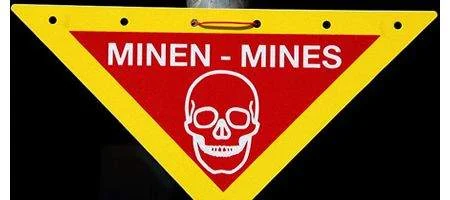MIT scientists have come a big step closer to creating an explosives scanner that’s safer than X-ray scanning and can detect a wider range of substances.

They’ve created a terahertz laser at far higher temperatures than some thought possible. Before now, solid-state lasers have only been able to produce terahertz rays if they’re supercooled – making them pretty impractical for mass deployment.
Indeed, many believed there was a linear correlation between operating temperature and frequency, making a room-temperature device impossible.
But the MIT and Sandia National Laboratories researchers have now created a solid-state terahertz laser that operates at nearly twice the temperature that a correlation would imply. While it’s still too low to be practical for airport scanners or bomb squad use, it suggests that a room-temperature device is possible.
“There are many naysayers saying that they can never be made operational at room temperature.” says MIT’s Qing Hu. “We break this psychological, empirical barrier by a factor of two. No one will say that it’s a barrier anymore.”
Terahertz rays could provide a safer, more effective replacement for X-rays during airport security screening. Not only can they penetrate clothing, but, unlike X-rays, they also interact with a wide range of chemical compounds in distinctive and detectable ways.
Hu says, however, that the frequencies of terahertz rays that are good for identifying chemicals can’t penetrate materials even as thick as a suitcase wall and don’t reflect well off of human flesh. They could, however, detect traces of explosives with extraordinary sensitivity.
Hu believes that, when room-temperature terahertz lasers are ultimately developed, they will thus be used in conjunction with other existing and emerging technologies.
“There is no single silver bullet,” he says. “There have to be as many modalities as possible to cross-correlate, in order to increase sensitivity and, more importantly, to reduce false alarms.”






